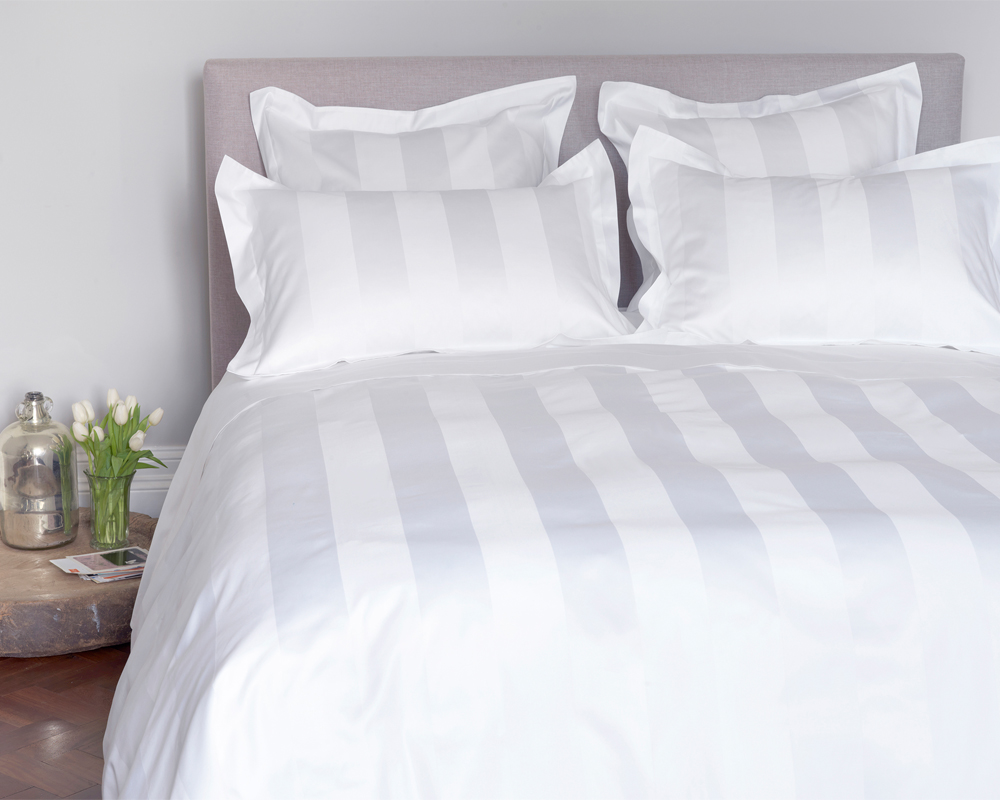
We have a guest post today from Molly, co founder of the Secret Linen Store, who is keen to tell us about thread count…and there’s a bit of a treat at the bottom of the post. Over to you Molly….
Now, here is a subject that I feel passionate about. We/you/all of us are being misled by an obsession to add the thread count to bed linen products to define how good it is, but how many of us know what this actually means?
In the mid 1990’s Thread Count became a buzzword associated with bedding and has become a symbol of status when discussing quality. As a textile designer for 20 years, I know that the thread count is really not the most important factor, it can make a difference, but it is the yarn and the weaving that we should be concerned with too.
I have been making bed linen with wonderful craftsmen and factories around the world for 15 years and know that some 200 thread count fabrics are better than some 600’s. And here is why…
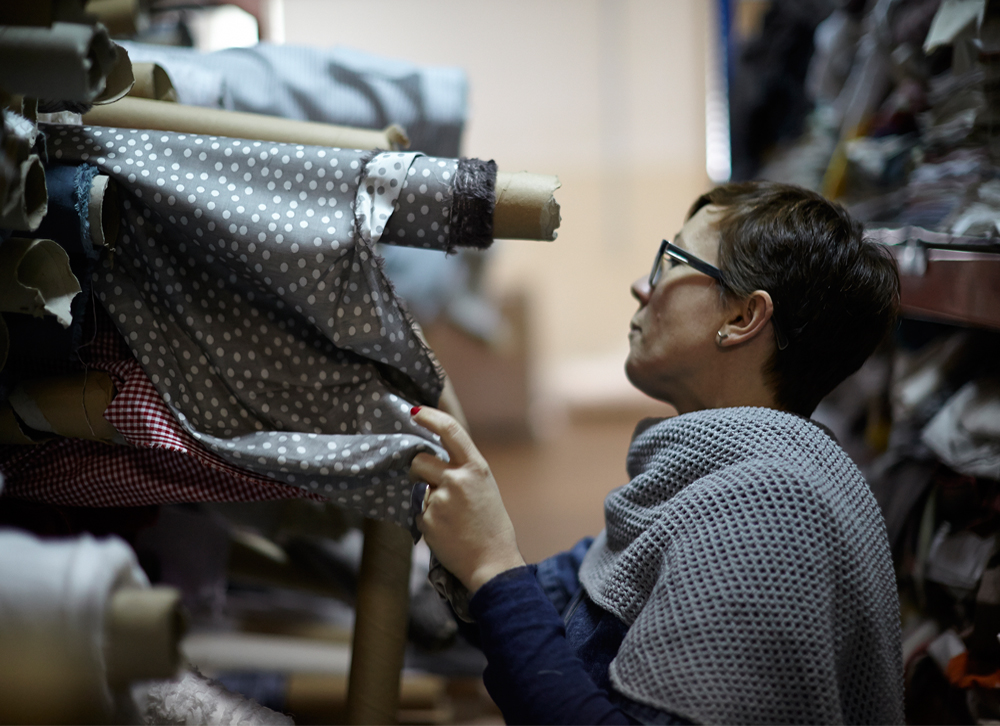
The thread count is the number of yarns in each square inch. Varying from 150 (low) to (1000) high. BUT and this is a big but, you can make both 150 and 1000 with bad quality yarns, which will in turn make a poor product. We should also consider the weaving when talking about thread count. A 200tc percale is good but a 200tc sateen is bad. The percale weave is tighter and therefore it is ok to use 200tc but the sateen weave is looser and it will not hold in a 200tc quality.
The balance between the number of yarns in the warp and the number of yarns in the weft is also of great importance. If the fabric is not constructed correctly, we will have disasters like seam slippage (holes appearing at the seams) and pilling.
When looking at a fabric, if you can see the weave clearly, like looking at a basket in very small scale, it is likely to be a lower thread count. If you can’t see the weave, or make out one thread from another, it’s likely to be a higher thread count that you are looking at.
We use great yarns, typically 260 thread count for our bedding. Why? Well, we have two things in mind when making bed linen, one is making something amazing that you want to sleep in and that will last and the other is price. We know that we wouldn’t have a queue if all of our collection was made in the highest count, best yarns available with a price tag to go with it.
We know you want great quality at great prices and we believe that this is what we’ve sourced.
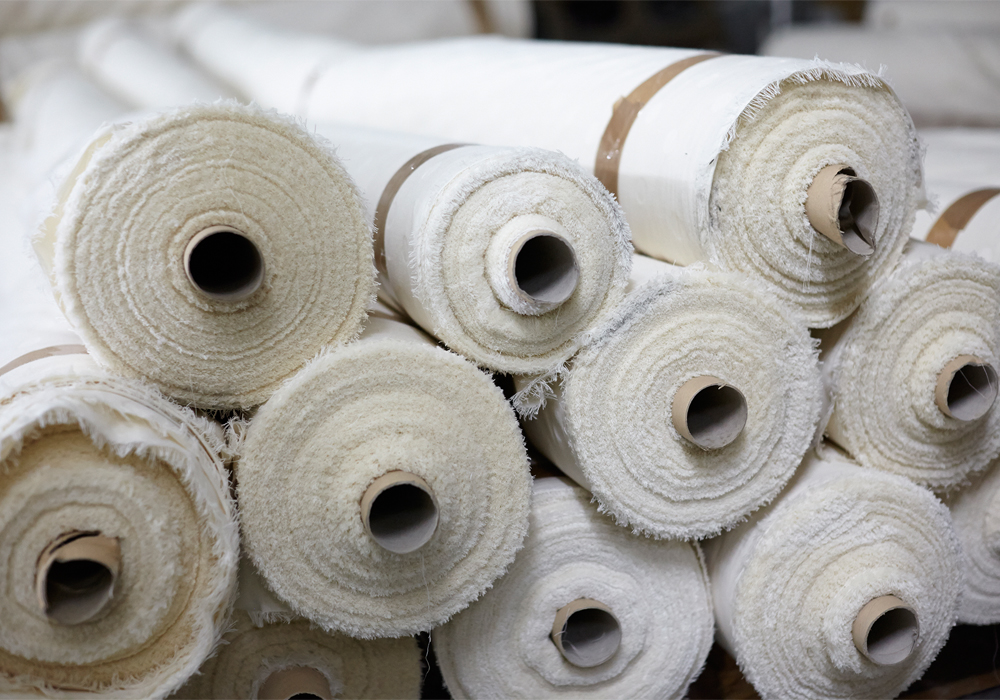 So, now to Egyptian cotton, what’s all the fuss about here? Well, it’s a good quality yarn, with long fibres, which make it hard wearing and soft, however, Egyptian cotton also comes at a price. We use it for the warp of our bedlinen, the continuous yarn that runs through the bedlinen and forms the ground of the fabric. This is the most important yarn, as it is most likely to be in contact with your body. The cotton for the weft is always 100% cotton. The yarns that we use in the weft are also combed, resulting in a smoother, stronger and more compact yarn.
So, now to Egyptian cotton, what’s all the fuss about here? Well, it’s a good quality yarn, with long fibres, which make it hard wearing and soft, however, Egyptian cotton also comes at a price. We use it for the warp of our bedlinen, the continuous yarn that runs through the bedlinen and forms the ground of the fabric. This is the most important yarn, as it is most likely to be in contact with your body. The cotton for the weft is always 100% cotton. The yarns that we use in the weft are also combed, resulting in a smoother, stronger and more compact yarn.
We always buy cotton in its raw yarn state. We dye it, weave and finish it in Portugal. You can see some of the complicated process in these pictures or on our Pinterest board here.

Our advice on thread count? Feel it…Sleep with a pillowcase and understand what suits you best. Sateen, Crisp, colourful or calm, we are all different. We offer a sample service too, so you can see and feel the fabric, colour and pattern.
Within our bed linen range, we also have finish to think about. We’re not trying to complicate things, honest, but we do like to give you options. We have worked hard with our factory to create choice for you. Not only in design and quality, but also in feel and finish.
Don’t be tempted by numbers and promises of 100000s of threads per inch, ask about the quality of the yarn, and make your own mind up. We start our collection at 200 thread count. Our percale 200 in white is a brilliant, crisp quality. It will wash well frequently and last. We don’t go below 200 thread count because we wouldn’t want to sleep in a lower count than that and we don’t want you to either. Our 600 thread count in white is our best, our Rolls Royce. So why not higher, why not 800, 1000?
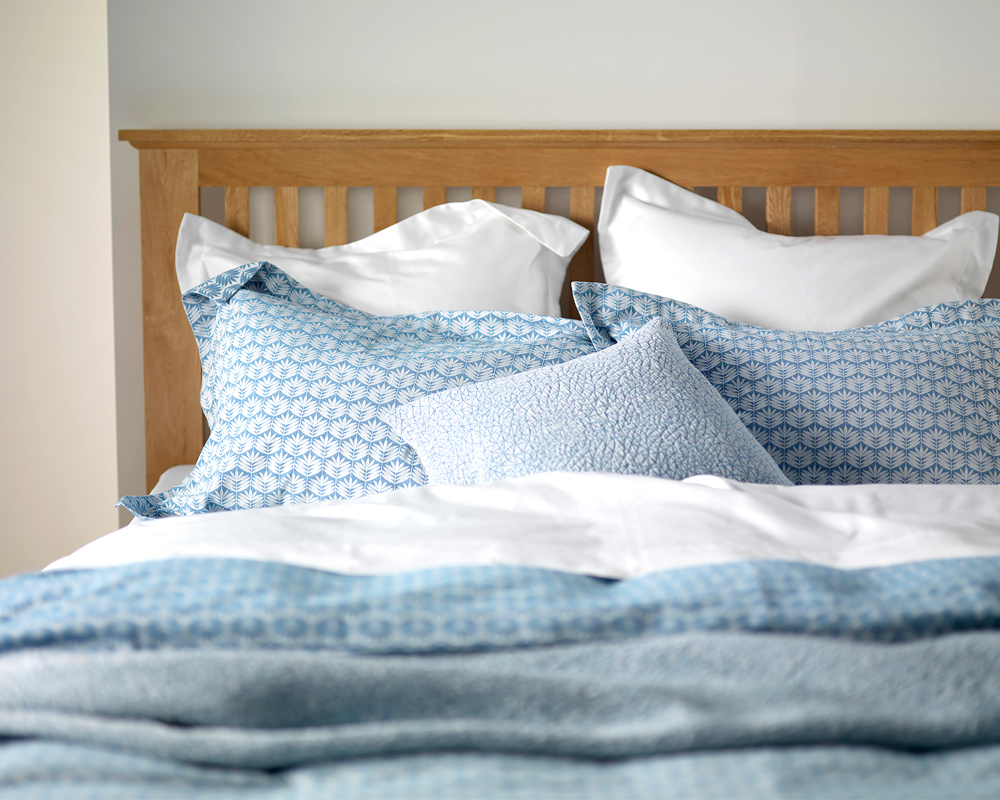
You can’t achieve these high thread counts with amazing yarns, they just don’t fit in, and so to achieve really high thread counts you need thinner yarns. To get to these really high numbers, manufacturers use thinner strands of yarn twisted together as if they were one. Then they double, triple or even quadruple the thread count to make the number more attractive to the consumer. This ups the count, but doesn’t give you a better sheet. We have found (and we did a lot of searching) what we believe to be the best quality and this is why we do not go above 600 thread count.
Another cheat to create a cheaper product and label it higher, is to put a lower thread count on the back of the duvet cover…now WHY WOULD YOU DO THAT? It’s the bit by your skin that’s important surely? That’s why the back of our duvet covers are all made from the same great quality as the front.
We are always happy to talk about thread count. Call us on the thread count hotline if you want to talk, or if you are an expert who can help us further we would love to hear from you. And we’d like to offer readers a 10% on any orders placed between now and the end of October, just use the code WOMENSROOM.
Sleep well.
Molly from The Secret Linen Store

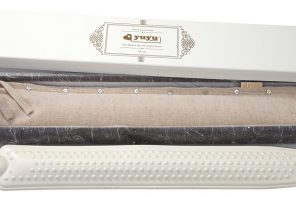


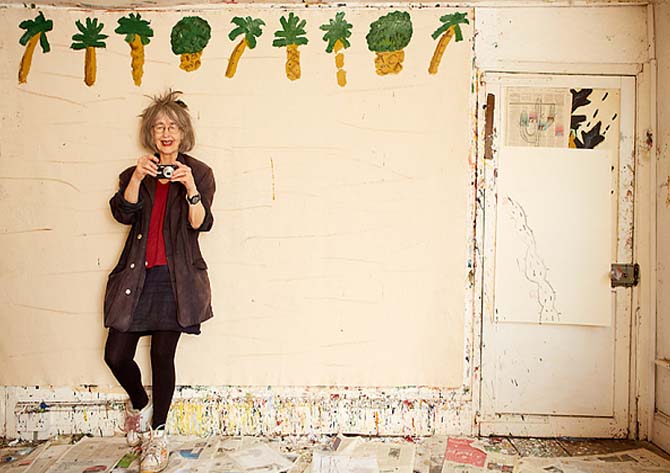
Now I know why sateen feels so cheap! I wish there was more percale around. I live in NYC and trying to find good bed linens that don’t cost the earth is tough. Too much sateen that touts high thread counts, but is totally an inferior product. You should not be able to see through a brand new sheet.